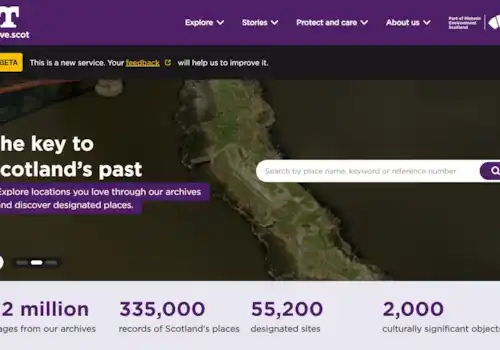30 April 2022
|
Adopt these five family history habits, save yourself hours of time, and take your research further…
1. Write in pencil
Whether you’re completing a full family tree chart as a display piece or tentatively writing your first ancestor onto your family tree, write in pencil until you’re absolutely sure of your facts.
It’s so easy to mix up one ancestor with another or write someone into the wrong generation of the tree. If you begin by writing the details in pencil you can fill in the boxes with your favourite pen once you’re confident you have the correct details.
p.s. pencils are a great family history hack at record offices and archives too, as most places prefer these to pens, to avoid damage to documents.
SIGN UP TO THE FREE NEWSLETTER TODAY and we'll send you tips, inspiration and advice direct to your inbox. It's completely free and a great way to keep up to date with the latest family history news and offers!
2. Save your searches
This is probably one of the family history rules most of us have been guilty of breaking at one point or another.
No matter what stage you’re at with tracing your ancestors, promise yourself to keep a record of all online and offline searches that you carry out, even if those searches came to nothing.
Many of us waste hours going over fruitless searches that we’ve already done once.
Keeping a record frees you up by allowing you to focus on new searches that are likely to yield positive results – knowing where you’ve drawn a blank in the past lets you see where to go next.
3. Check alternative spellings before you search
Continuing the theme of searches, create a spreadsheet of possible alternative spellings for each of the surnames on your family tree. You can then use this as a reference each time you’re searching for that person on the census and in birth, marriage & death records.
Include phonetic spellings which are particularly useful for those instances where someone such as a census enumerator might have written down exactly what they heard.
4. Call in advance
It sounds obvious but before you make a journey to a record office or archive, take a minute or two to phone or e-mail to make sure that place in question will be open. If you know what documents you’d like to look at, it’s useful to mention this too as you can often ask for your research material to be waiting when you arrive and if needs to be brought to the site from elsewhere, you’ll save yourself a wasted journey.
5. Enlist a research buddy
If you have your family tree online at a website such as Ancestry, FindMyPast, FamilySearch, MyHeritage or TheGenealogist you should receive clues about other people who are researching the same ancestors. These people are your potential research buddies – once you work out what ancestor you have in common you can work together, saving time and money.
For example, if you have an ancestor in common named Elizabeth Beresford, each of you is likely to be descended via different children of Elizabeth and her partner. You can help each other out not only by supplying names and dates for the people on ‘your’ branches of the tree, and also by researching back in time from Elizabeth, on to her parents. So one of you could trace Elizabeth’s mother and the other her father.









